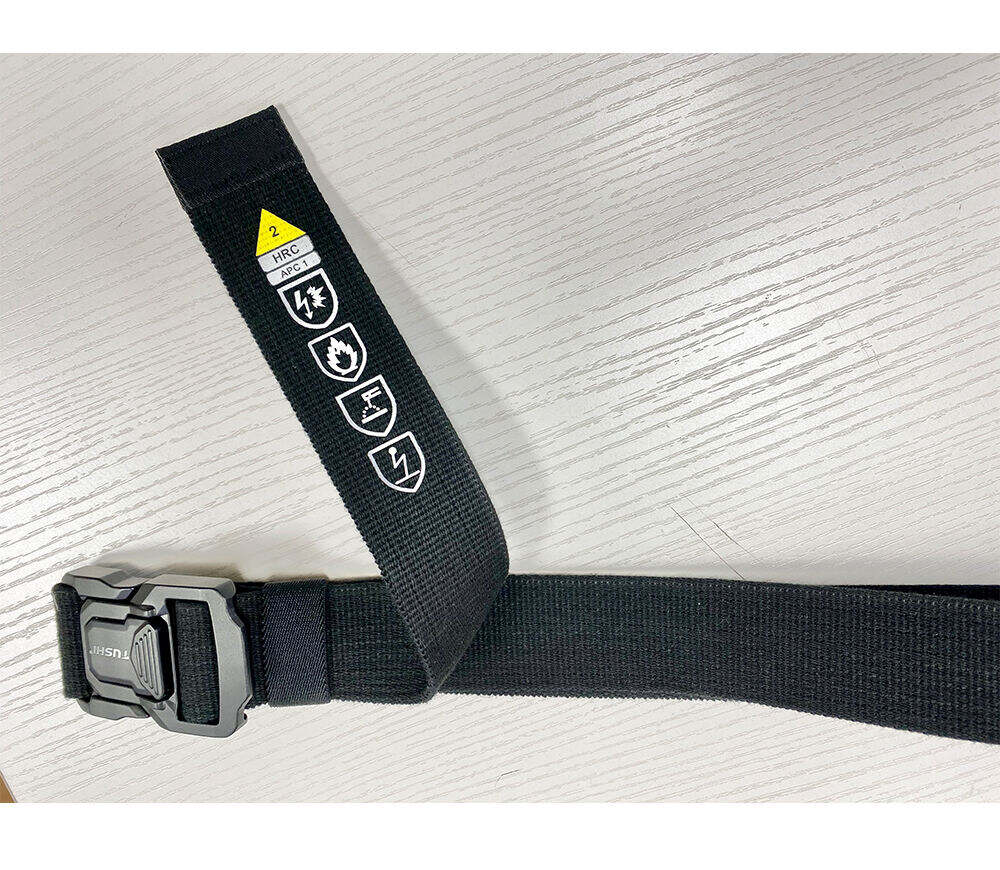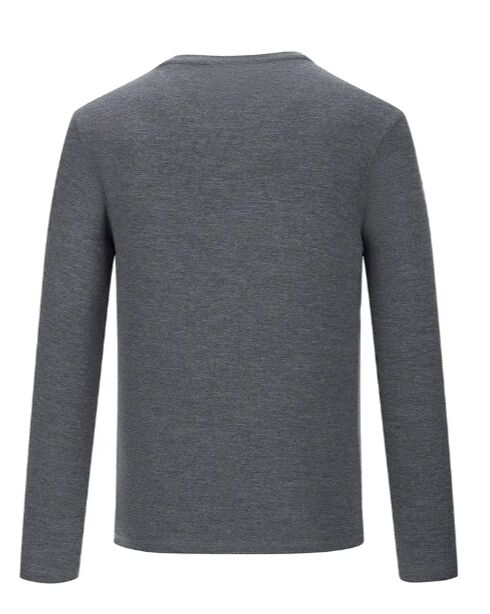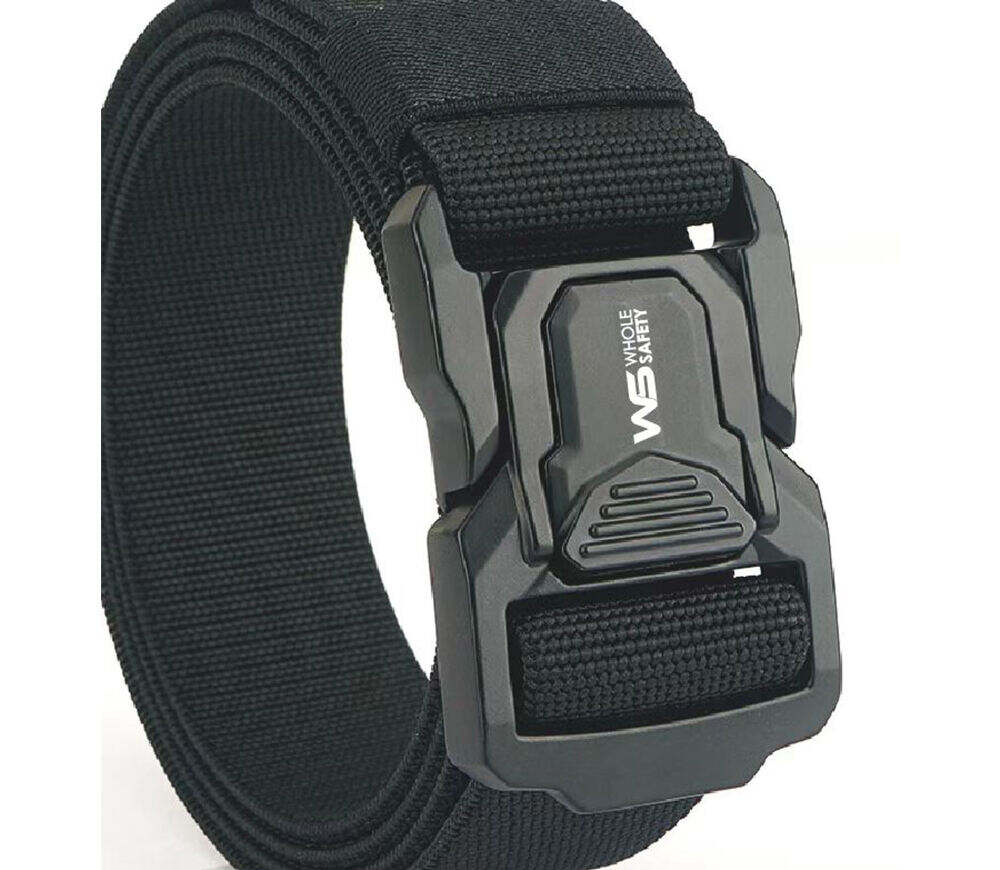Em indústrias onde o risco de incêndio é uma ameaça constante, como no combate a incêndios, soldagem e petroquímica, possuir roupas de trabalho resistentes ao fogo é essencial. Roupas de trabalho resistentes ao fogo não apenas proporcionam proteção contra chamas e calor, mas também suportam os rigores do uso diário, garantindo que os trabalhadores permaneçam seguros e confortáveis no trabalho.
Um dos fatores-chave para a durabilidade das roupas de trabalho resistentes ao fogo é a escolha dos materiais. São utilizados tecidos resistentes ao fogo de alta qualidade, projetados para resistir ao desgaste, abrasão e lavagens repetidas. Esses tecidos são frequentemente uma mistura de fibras naturais e sintéticas, cuidadosamente selecionadas por sua resistência e propriedades antichamas. Por exemplo, alguns tecidos podem incorporar materiais como algodão, por conforto e durabilidade, juntamente com fibras sintéticas como aramida, por sua resistência ao fogo.
A construção de roupas de trabalho resistentes ao fogo também é de extrema importância. Costuras com dupla costura são comumente utilizadas para aumentar a resistência da peça e impedir que ela se desmanche sob esforço. Áreas reforçadas, como cotovelos, joelhos e bolsos, são adicionadas para suportar o desgaste associado a tarefas fisicamente exigentes. As casas de botão, zíperes e outros fechos também são fabricados com materiais duráveis para garantir que resistam ao uso frequente.
Além da durabilidade, as roupas de trabalho resistentes ao fogo também devem oferecer o nível necessário de proteção contra chamas. Os tecidos utilizados devem ser capazes de resistir à ignição e se autoextinguir quando expostos ao fogo. Eles também devem possuir um alto índice limite de oxigênio (LOI), o que significa que necessitam de uma concentração maior de oxigênio para sustentar a combustão. Isso ajuda a impedir a propagação das chamas e reduz o risco de queimaduras no usuário.
O conforto é outro aspecto importante em roupas de trabalho duráveis com retardante de fogo. Os trabalhadores podem ter que usar essas roupas por longos períodos, por isso é essencial que sejam respiráveis e com propriedades de gerenciamento de umidade. Tecidos respiráveis permitem a circulação do ar, mantendo o usuário fresco e reduzindo o risco de estresse térmico. As propriedades de gerenciamento de umidade ajudam a afastar o suor do corpo, mantendo o trabalhador seco e confortável. Algumas roupas de trabalho também podem ter recursos ajustáveis, como cintos, punhos e colarinhos, para garantir um ajuste adequado e o máximo de conforto.
Roupa de trabalho durável com retardante de chama está disponível em uma variedade de estilos, incluindo jaquetas, calças, macacões e camisas. Bombeiros, por exemplo, podem usar equipamento durável com retardante de chama que oferece proteção completa do corpo. O equipamento pode ter recursos adicionais, como tiras refletoras para alta visibilidade, isolamento térmico para proteção contra calor extremo e revestimentos reforçados para maior durabilidade. Trabalhadores da indústria de soldagem podem usar jaquetas e calças com retardante de chama feitas de materiais de alta resistência para proteção contra faíscas e respingos.
Empregadores são responsáveis por fornecer aos seus trabalhadores roupas de trabalho duráveis com retardante de chama que atendam aos padrões de segurança relevantes. Inspeções regulares das roupas devem ser realizadas para verificar qualquer dano ou desgaste. Os trabalhadores também devem receber treinamento sobre como usar e cuidar corretamente das suas roupas com retardante de chama para maximizar sua vida útil e eficácia.
Em conclusão, a roupa de trabalho retardante de fogo durável é um equipamento de proteção pessoal essencial para trabalhadores em ambientes com alto risco de incêndio. Ao combinar durabilidade, proteção contra fogo e conforto, ajuda a garantir a segurança e o bem-estar dos trabalhadores nesses setores desafiadores.


